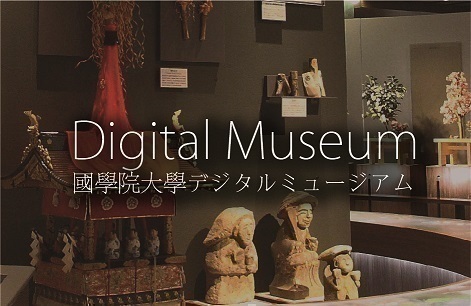- トップ
- Encyclopedia of Shinto
- Gozu Tennō
Encyclopedia of Shinto
| Main Menu: | |
| Links: |
詳細表示 (Complete Article)
| カテゴリー1: | 2. Kami (Deities) |
|---|---|
| カテゴリー2: | Combinatory Kami |
| Title | Gozu Tennō |
| Text | Literally, "ox-head-heaven-king." Also called Gion Tenjin, Gozu Tennō is a product of kami-buddha "combinatory" religion, worshiped at the Gion Shrine (Yasaka Jinja) in Kyoto, and at other shrines such as Tsushima, Tennō, Susanoo, and Yakumo. Originating as a deity of pestilence, Gozu Tennō is worshiped within observances related to the festival known as Gion-e. A variety of ritual formulae and sacred histories purport to explain the origins and nature of Gozu Tennō; historically originating in India, the deity's features underwent successive transformations and systematic development as it was transmitted to China and Japan. The actual details of its transmission and the process of amalgamation with other deities, however, are complex issues and not universally agreed upon. In India, the deity was called Gosirsa Devaraja, a minor tutelary deity in Buddhism known as a protector of the Monastery of the "Jeta Grove" (Jp., Gion Shōja), while in Tibet it was known as the deity of "Ox-Head Mountain" (Jp. Gozusan). Transmitted to China, the deity's cult merged with esoteric Buddhism, Daoism, and Yin-Yang beliefs, and then was transmitted to Japan, where it experienced further mingling with Japanese Yin-Yang (Onmyōdō) divination. The deity also became associated with the legend of a Japanese kami of plague called Sominshōrai and was identified with the kami Susanoo; taking on a trinitarian nature that incorporated characteristics of Susanoo's consort and child, he also came to be identified with the Japanese kami Onamuchi. On the popular level, however, Gozu Tennō's chief features continued to emphasize his nature as a deity of epidemic disease. The Gion Goryō-e first observed in the tenth century became widely popular and was institutionalized as a regular summer observance to exorcise the evil spirits responsible for frequent outbreaks of epidemic disease. With origins as a spirit causing disease, Gozu Tennō was in time transformed into a tutelary that protected its worshipers from such epidemics, taking on further characteristics as a deity of justice, a deity that ascertained truth (Tadashi no kami), and a deity of the cardinal directions. As observances of the Gion-e type spread regionally, Gozu Tennō was also established as a local tutelary deity (chinju no kami). -Yonei Teruyoshi |




